RANDOLPH — Baked beans, a cornerstone of community suppers, have a long history in Maine and all of New England.
They are connected to the state through the lumber industry and live on through a variety of events, such as Saturday’s community meal at Randolph United Methodist Church.
For only $8, diners were treated Saturday to baked beans, coleslaw, brown bread, sliced pie and other familiar treats — all sold as a way to help the church pay its utility bills.
Volunteer Bette Seymour of Randolph said she has attended Randolph United church since 1955, but the suppers have been held at the church since the 1940s.
In the past, she said, about 100 people would come to events because of the home-cooked food, prepared by volunteers. Now, the church is lucky to get 50 people at its community suppers, the result of an aging population and a decreasing congregation.
“Fifty (people) is rare,” she said, adding she made two clam casseroles for Saturday’a supper when she used to make four. “We (used to) run out of food.”
Seymour said baked beans were served every week when she was growing up. And when she became a mother, she learned to cook beans for her children.
“Hot dogs and beans were Saturday night,” she said. “It’s Maine.”

Donna White carries a casserole to diners Saturday at Randolph United Methodist Church.
Volunteer Donna White of Pittston said she grew up dreading Saturdays, when her family would have beans and hot dogs. Now that she is older, she said she appreciates the meal.
“It was always bean and hot dogs,” White said. “We never skipped a beat. I was a picky eater growing up. I love beans and hot dogs now.”
The community supper, according to freelance food writer and food historian Sandy Oliver, may be in decline as church congregations get smaller and people opt for takeout meals.
Another sticking point may be increasing dietary restrictions, which may discourage people from eating community-prepared food that is labeled as vegan, free of gluten or otherwise friendly to certain diets.
Oliver said churches and fraternal organizations began holding community suppers in the mid-1800s to raise money. She said churches were supported by tax dollars, but that funding slowly stopped following the after the American Revolution.
“It’s one thing to go to Domino’s and Applebee’s and get a meal,” she said. “It’s another thing to go get beans, pie and coleslaw.”
Community suppers often center around baked beans, recognized by many as a staple of Maine’s culinary history. Food historians said the food was widely consumed by the entire population once European settlers gained access to seeds from the Native American populations in what is now New England.
Oliver said the settlers learned little about cooking beans from Native Americans, instead opting to use the same technology they used for cooking peas back home. She said the beans would be boiled, then placed in the oven with a hunk of pork added.
Baked beans also have a connection to Maine’s lumber industry. Oliver said lumber workers often used the traditional “bean hole,” which was a buried cast iron pot. Workers would prepare large kettles of beans, bury the kettles in hot coals and return to their work. The pots were later unearthed to reveal a wholesome, carbohydrate-heavy meal.
“It’s something that can sit around and wait for the lumber drive,” she said, adding that the meal was also great for working families.
Don Lindgren, food historian and owner of Rabelais Inc., a Biddeford bookstore focused on fine books about food, wine, farming and gardening, said the historical record is relatively incomplete on baked beans.
He said a recipe for baked beans was not included in the first Maine cookbook — “Fish, Flesh, and Fowl: A book of recipes for cooking compiled by the ladies of State Street Parish,” published in Portland in 1877 — but that is not a signal beans were not being made commonly.
“There are a lot of dishes that people made all the time (and) when it comes to making a cookbook, they don’t make it in,” Lindgren said. “Either everybody knew how to make them, or perhaps it was more of an outdoor … or breakfast food. You never see scrambled eggs in an old cookbook, but you know people were eating scrambled eggs the whole time.”
Oliver said recipes appeared in cookbooks in the 1830s, including “The American Frugal Housewife,” by Lydia Marie Child, but the recipes were remarkably simple.
Oliver said bean recipes were largely uncomplicated, only needing water, beans and a hunk of meat, which could be why recipes were scarce. Lindgren said early contributors to cookbooks had a tendency to show off in their recipes, making technically savvy fare, such as cakes, and they preferred using special ingredients, including lobster and oysters.
“They’re going to have way fewer of the big protein dishes,” Lindgren said of early cookbooks. “You’re not going to see as many baked bean recipes as you would expect to see.”
Lindgren said restaurant menus did not show baked beans until the 1950s, when roadside diners began popping up to serve travelers. He said baked beans were likely served at taverns, but those types of establishments would not have had menus as we know them today.
“Most of the food served at places that would print menus was (English) and French hotel dining,” Lindgren said. “Then along comes the tea room in the 1930s, then you have places like Moody’s Diner. It’s not that nobody ever ate in the tavern, they just ate the food that was there.”

A selection of promotional recipe booklets, published by the Burnham & Morrill Co. and the Maine Department of Agriculture to promote baked beans, are displayed Sunday at Rabelais Inc., a Biddeford bookstore focused on fine books about food, wine, farming and gardening.
Lindgren said Maine’s affinity for baked beans is tied to its proximity to and early relationship with Massachusetts. He said the same core group of new ingredients popping up in cookbooks spanned from Maine to the Hudson River valley.
Oliver said a major difference in the bean dishes from northern New England and southern New England were the varieties of beans being used, with northerners opting for larger beans and southerners preferring smaller navy beans, also known as the Boston bean.
Oliver said there were dozens of varieties of beans, with the more popular in Maine being yellow eye, Jacob’s Cattle and solider.
The tie between Maine and baked beans became even stronger with the state’s canning industry sending products around the world — most notably with the formation of B&M, or the Burnham & Morrill Co., in the 1860s.
Oliver said the canning companies may have helped change the simple bean recipes, adding the sweetness many consumers now favor.
Oliver said a friend on Islesboro used to pester his mother, who made savory simple beans, to buy the canned beans — which he first ate at a friend’s house — because he preferred the sweeter beans.
“He would always eat baked beans on a Saturday; that was his idea of perfection,” Oliver said of her friend. “(He) loved those sweet beans. That would’ve been in the early part of the 1900s.”
Oliver said the canning companies may have regularized the use of molasses, brought to the Americas as part of the triangle trade, which brought slaves from Africa to the Americas; sugar and molasses to New England; tobacco, cotton and sugar to Europe; and textiles and other manufactured goods to Africa.
While Oliver has no direct evidence, she said she suspects molasses was used as a coloring agent to make pale beans look more like slow-cooked brown beans, and the sweetness stuck.
Molasses quickly became a staple of many baked bean recipes, and even the accompaniments to the beans, namely brown bread. Oliver’s own recipe uses molasses, brown sugar, onion and dry mustard.
The Maine Department of Agriculture produced a booklet of “Flavorful Maine Baked Bean Recipes,” which recommended parboiling beans before adding pork, molasses and salt before burying them in a bean hole.
Deborah Eifert, who is married to Pastor Rick Eifert of the Randolph United Methodist Church, said using an old-fashioned bean pot is essential to attaining the right flavor. She said the low-and-slow approach, with a touch of molasses and a big chunk of salt pork to add fatty flavor, gives the beans more depth than those prepared in a slow cooker.
“The beans get a little caramelized (in the bean pot),” she said. “It has a more smoky, toasty flavor than stuff you cook on the stove.”
The dish, as shown by its longevity, is timeless to many, including Merrill Danforth, 93, and his daughter, Martha Allen, of Gardiner. Danforth said he preferred pea beans, but when he was growing up he would take any variety of beans he could get.
“Those were the days with the Depression and everything else,” Danforth said. “The little things made the difference. I’m always thinking of those times.”
Send questions/comments to the editors.


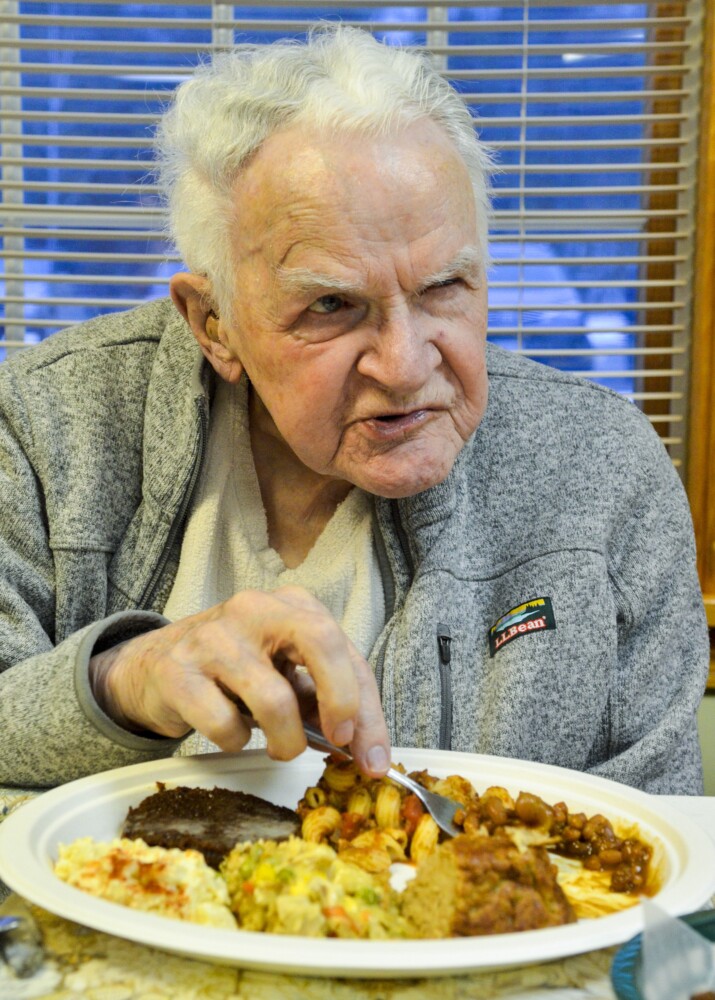
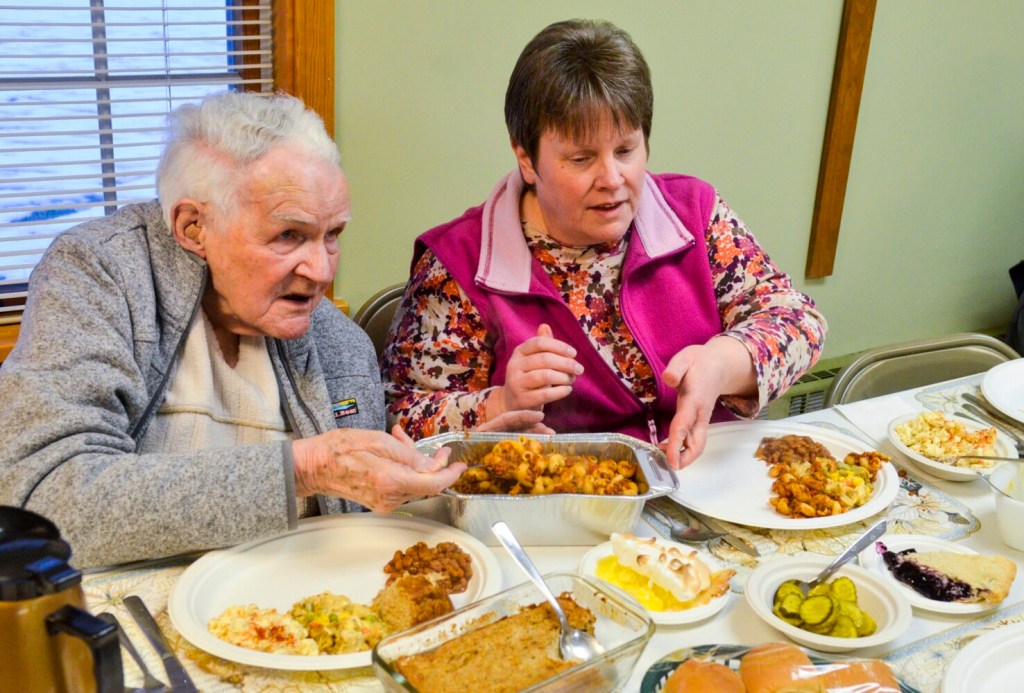
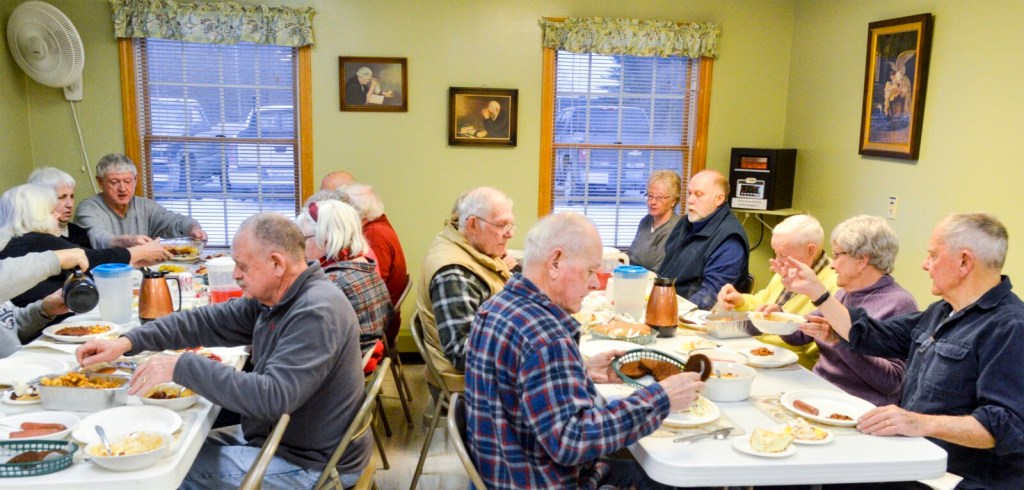
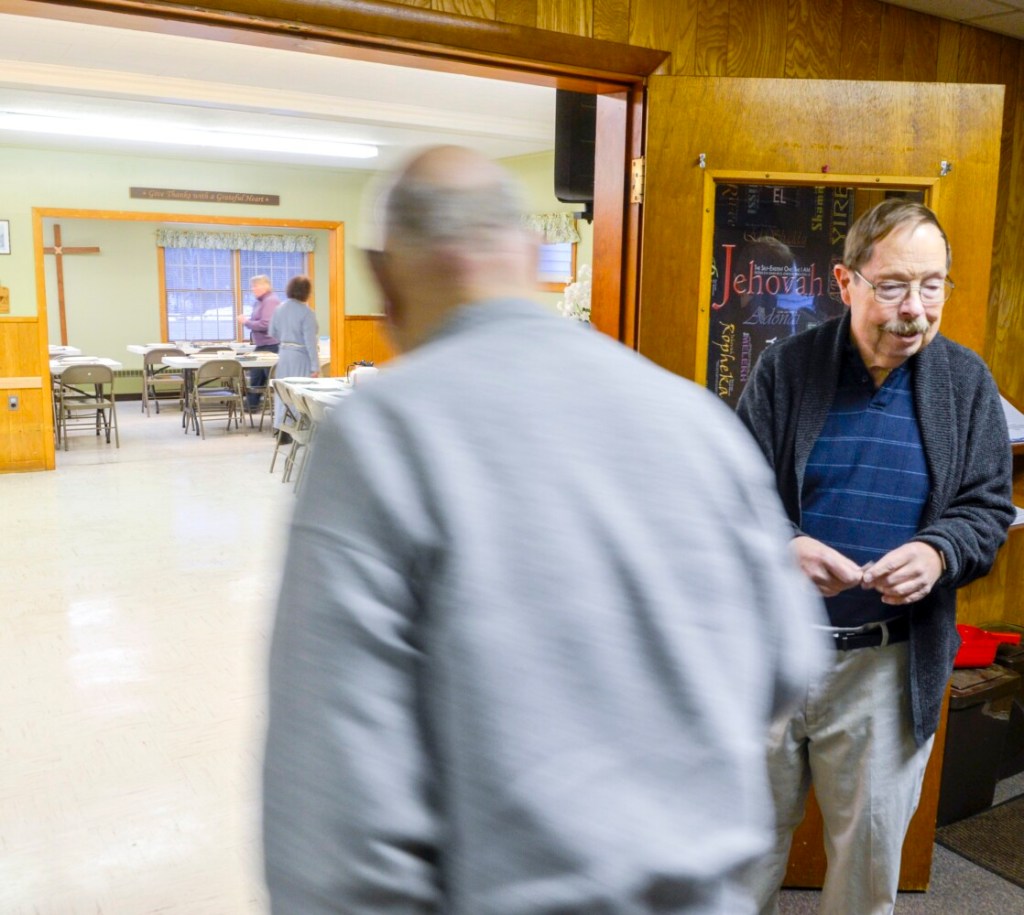
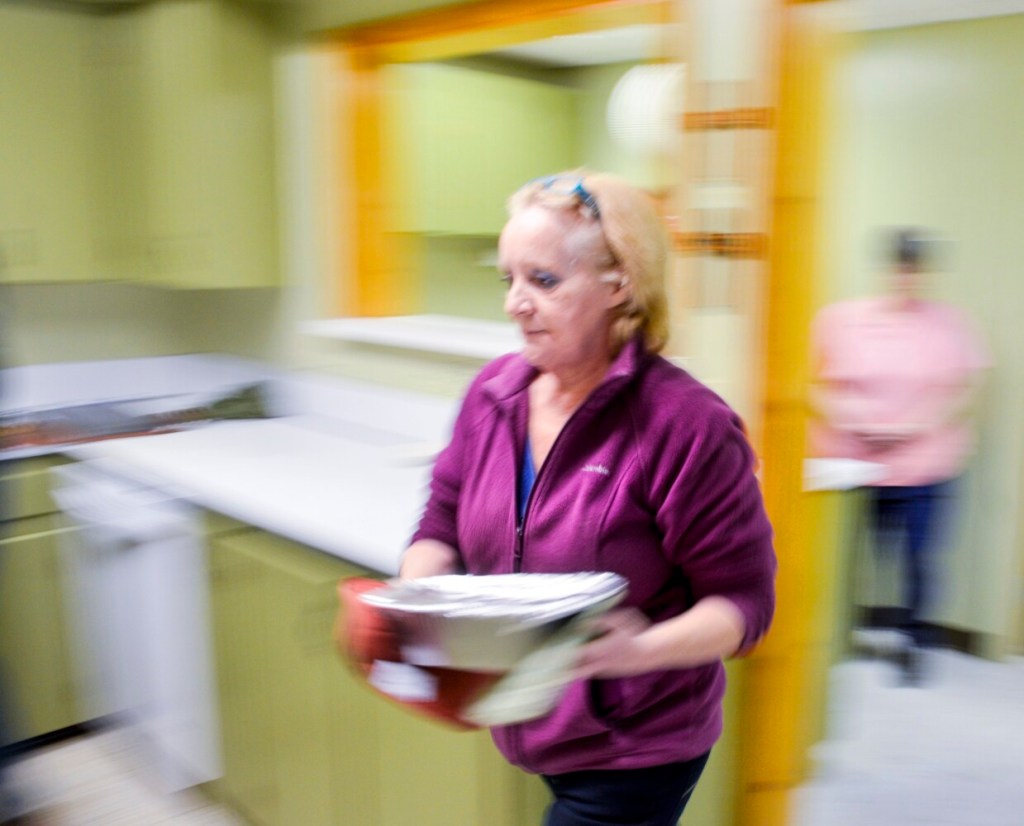
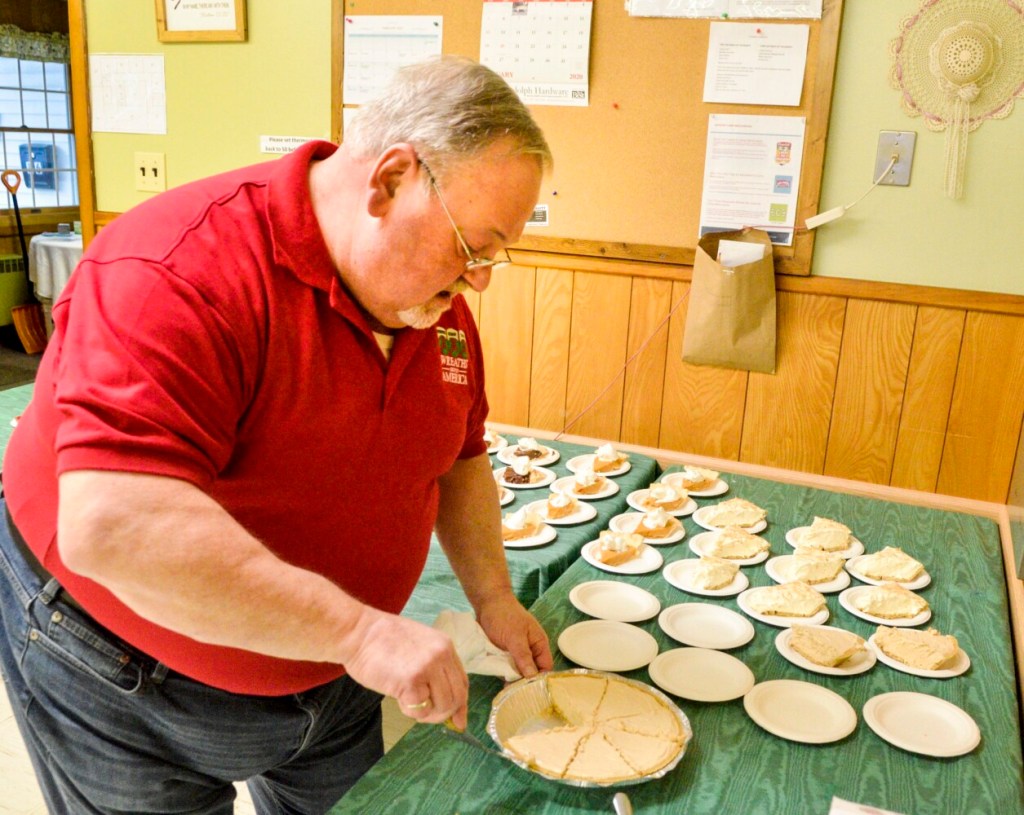
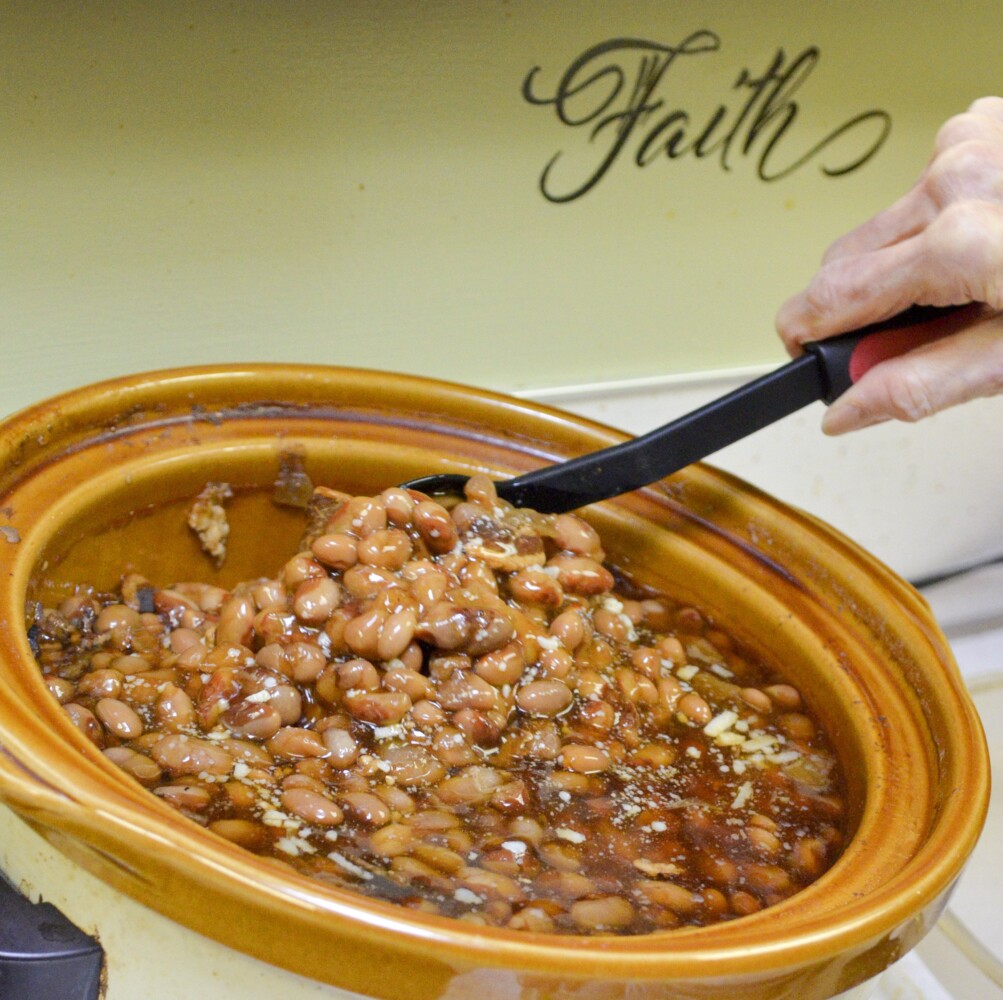

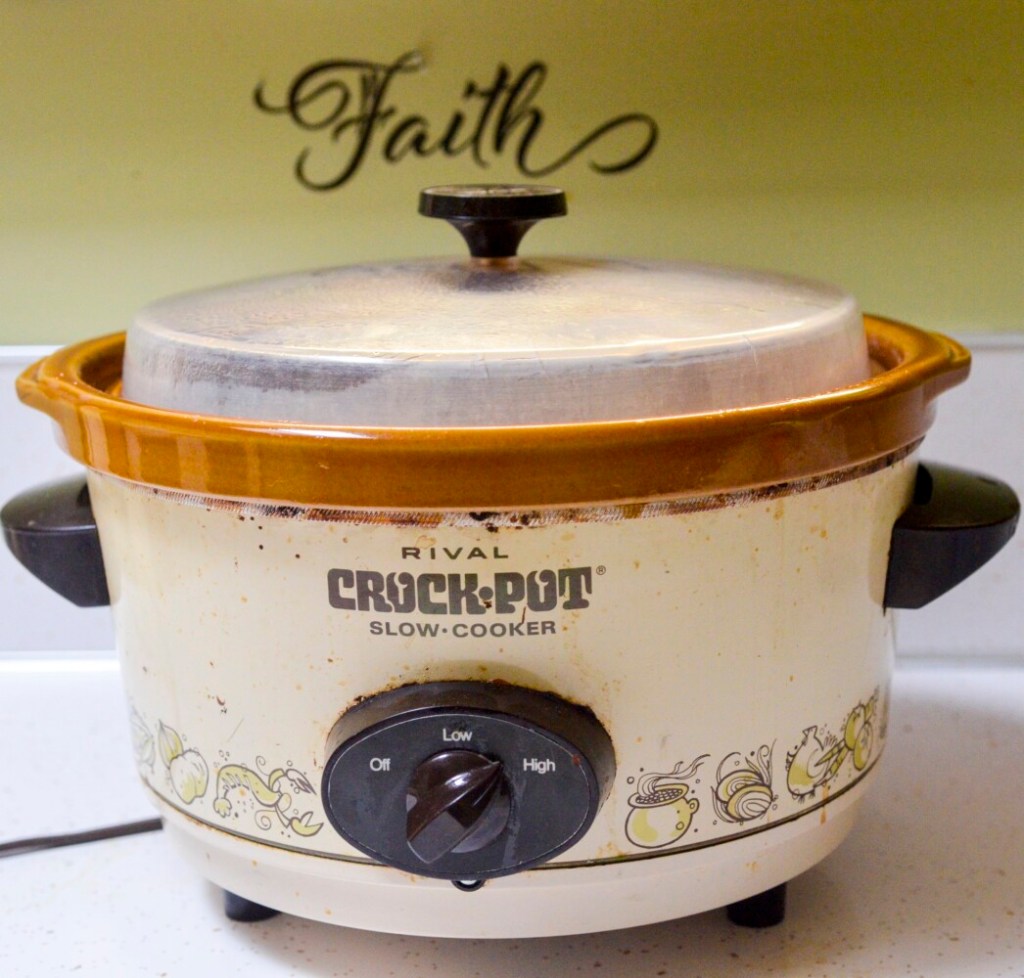
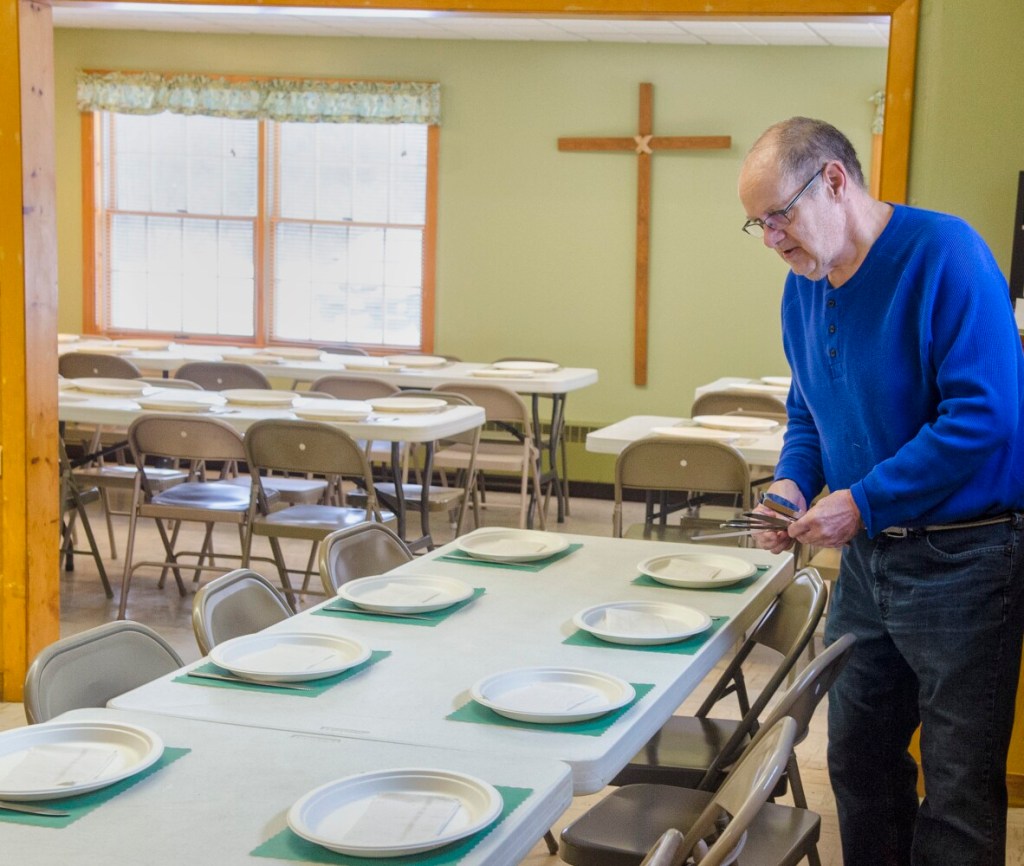

Success. Please wait for the page to reload. If the page does not reload within 5 seconds, please refresh the page.
Enter your email and password to access comments.
Hi, to comment on stories you must . This profile is in addition to your subscription and website login.
Already have a commenting profile? .
Invalid username/password.
Please check your email to confirm and complete your registration.
Only subscribers are eligible to post comments. Please subscribe or login first for digital access. Here’s why.
Use the form below to reset your password. When you've submitted your account email, we will send an email with a reset code.